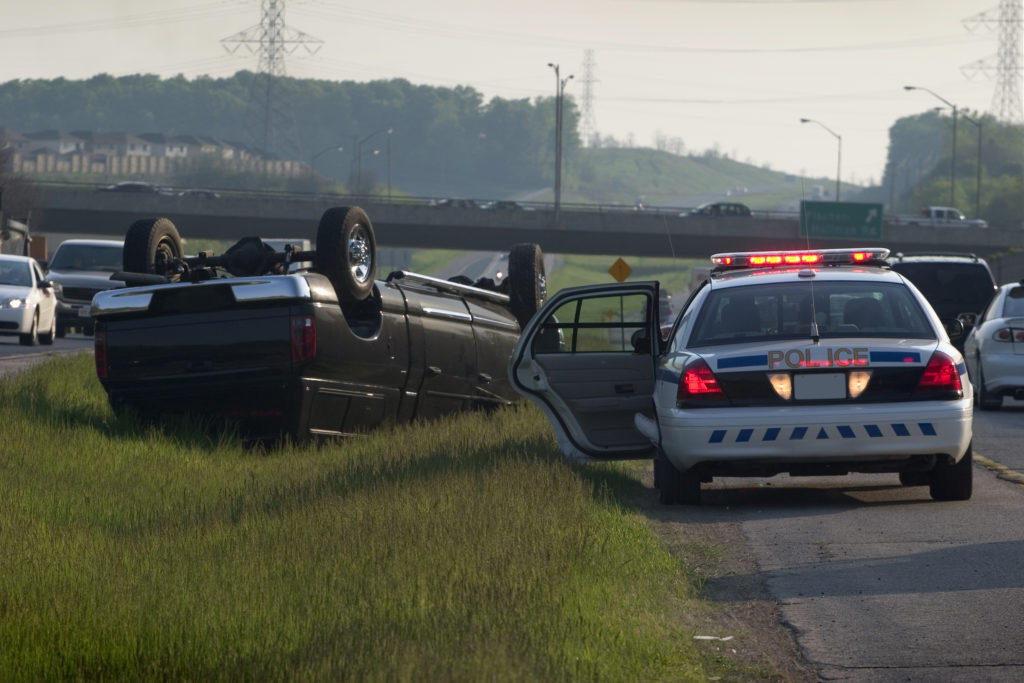HOW TO MITIGATE THE RISKS INHERENT IN PURSUITS

Every year, hundreds of innocent citizens are killed or injured in high-speed pursuits. While the fleeing suspect certainly bears responsibility, these incidents can result in millions of dollars in lawsuits and legal settlements for police agencies.
Many of the collisions that result in innocent lives being taken could be avoided with concerted efforts to de-escalate pursuit events or to avoid them altogether. In addition to police training, pursuit management technology from StarChase can help.
StarChase’s GPS tagging and tracking system allows suspects to be traced and apprehended without being pursued at dangerous speeds. In fact, the tags are shown to change suspect behavior stemming from pursuit-related events. An NIJ-funded field test that studied StarChase technology found that “on average, a tagged fleeing suspect slowed to within 10 miles of the posted speed limit in less than 2 minutes, reducing the risk for a crash.”
Additionally, data confirms a higher apprehension rate (85%) with StarChase compared to traditional (and riskier) pursuit-ending methods like the PIT maneuver or stop stick (72%). If needed, the suspect vehicle data can also be shared with neighboring jurisdictions, enhancing interagency collaboration and community relations.
Tagging with StarChase allows for a reduced but effective response in the use-of-force continuum, allowing agencies to facilitate safer outcomes by allowing officers the opportunity to evaluate the situation and respond tactically.
In many cases, StarChase reduces the risk for the pursuing officers – and, by extension, the suspects and the public – by stopping pursuits before they begin. StarChase GPS tracking technology has even won praise from the American Civil Liberties Union, whose report stated that the technology “has the potential to obviate the need for high-speed pursuits by police cars through cities and towns, which are dangerous and kill hundreds each year, with a third or more of those fatalities being innocent bystanders.”
KEEP THE PROMISE TO PROTECT AND SERVE
A combined recipe of training, policy and technology can help law enforcement agencies minimize the risks inherent in pursuits. It is incumbent on forward-thinking agencies to employ all the available tools necessary to reassure the public that law enforcement goals are to protect and serve the community, not put innocent citizens at risk. A recent incident in Minneapolis in which both StarChase and OnStar technologies were used to successfully avoid a high-speed pursuit and to recover a stolen vehicle shows how technology, training and policy reforms can lead to safer outcomes.
By making policy, technology, and training vital components of their de-escalation tactics, law enforcement agencies can build public trust by exercising and exhibiting wise judgment and employing measured but effective responses to high-risk pursuits.
Excerpt from Answering the call for police reform: De-escalation tactics through training and technology; Pursuitresponse.org
Full article here: Answering the call for police reform: De-escalation tactics through training and technology (pursuitresponse.org)



